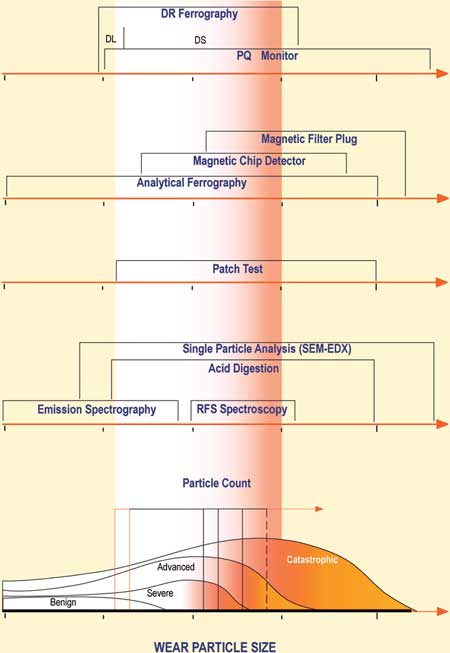MolaKule
Staff member
Fill in the blanks to complete the two words in the sentence. A couple of letter clues are given.
The last letter of the first word is given and a middle letter is given for the last word.
Wear metals in the oil act as _ _ _ _ _ _ _ _ N _ _ _ _ L _ _ _ _ .
Good Luck.

The last letter of the first word is given and a middle letter is given for the last word.
Wear metals in the oil act as _ _ _ _ _ _ _ _ N _ _ _ _ L _ _ _ _ .
Good Luck.

Last edited:


